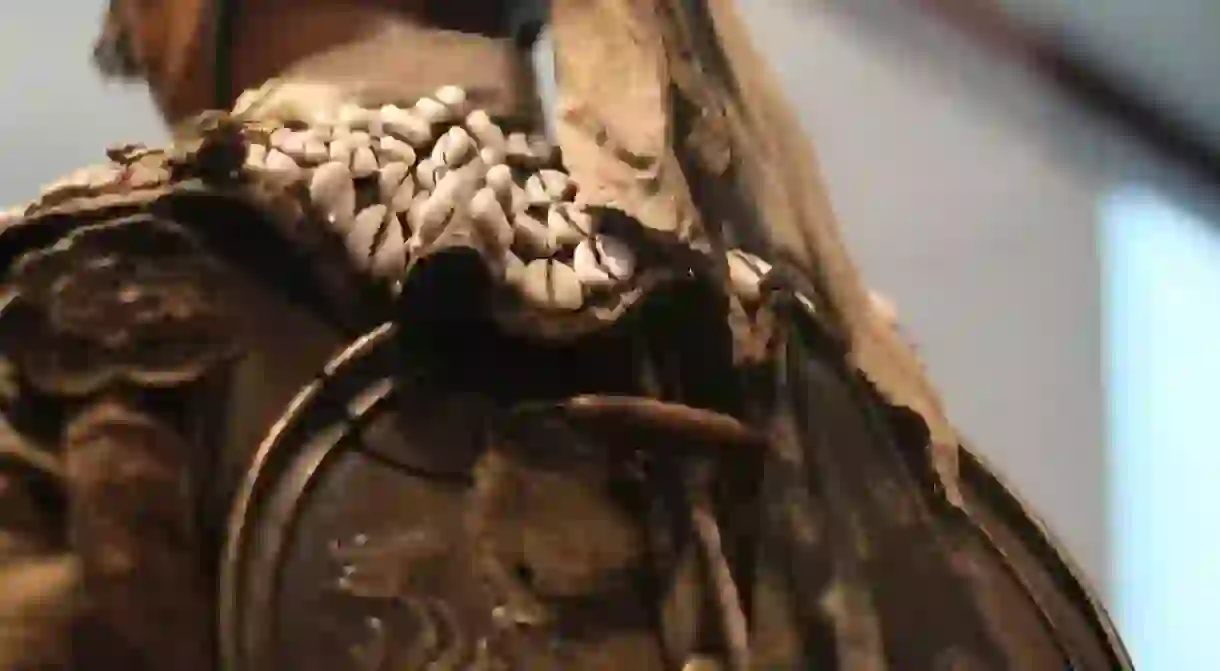An Introduction to China's Oroqen People

The Oroqen, one of China’s 55 officially recognized ethnic minority groups, once lived as nomadic hunters in the harsh climate of Chinese Siberia. Now, however, the majority have left hunting behind, choosing a college education instead of life on the open range.
With just over 8,000 members, the Oroqen are one of China’s smallest ethnic groups, but one of the oldest in China’s far northeast. They are even represented by one of their own in the National People’s Congress. Hunting and fishing defined their lives for hundreds of years, but this traditional lifestyle is dying out. It is being replaced with higher education, as 23 percent of the population has received a college education. This makes the Oroqen the fourth best-educated ethnic group in China, following only Russians, Chinese Tatars, and Nanais.
Homeland
The Oroqen population is split nearly 50/50 between northeastern Inner Mongolia and Heilongjiang, along the Heilong (Amur) River. Because of their nomadic history, it is difficult to pinpoint one exact homeland of the Oroqen; however, they have typically kept to the Greater and Lesser Xingan Mountains, where deer, reindeer, and other game abound.

History
It is believed that the Oroqen may be descendants of the ancient Shiwei, an umbrella term used for Mongols and Tungusic peoples who lived in north and northeastern China and Mongolia prior to the Yuan dynasty. The name Oroqen means “people using reindeer,” but they were once called “people in the forest” and “barbarian race in the northern mountain.”
Life changed dramatically for the Oroqen during the Qing dynasty with the introduction of guns from Czarist Russia. This gave rise to increased hunting efficiency and a fur trade between the Oroqen and the Qing court.
An even more dramatic change came to the Oroqen during the twentieth century. In 1949, the Communists took over, instituting gun control and other laws over the next few decades that directly affected the Oroqen way of life. Today, only 12 licensed Oroqen hunters remain. Outside of the winter hunting season, these twelve hunters must store their rifles at the local police station. During the hunting season, they must return them each night after the hunt.

Culture
Another major change brought to the Oroqen culture by the Communists was a turn away from shamanism. Until 1952, shamanism was the religion of choice for all Oroqen, but the Communists believed the religion was too superstitious. The government sent cadres to coerce the Oroqen to give up all shamanistic practices. In 2000, the last living Oroqen shaman, a man named Chuonnasuan, died. Luckily, the religion didn’t die with him. Though the practice is discouraged, many Oroqen still believe in animism: that all nature possesses a soul. Oroqens still venerate animals like the bear and the tiger. Shamanism also lives on in the Oroqen sacrifice to ancestral spirits.
The Oroqen also speak their own language, a Northern Tungusic tongue that shares 70 percent similarity with Evenki. There isn’t a written form of the language.
When it came to building temporary structures for their nomadic lifestyle, the Oroqen were adept at using natural resources to shield them from the elements. Before being permanently settled, the Oroqen lived in nomadic houses called sierranju, which were teepee-like tents covered with birch bark or deer skin, depending on the season.
https://www.instagram.com/p/BZi_wueAvuj/?tagged=oroqen













